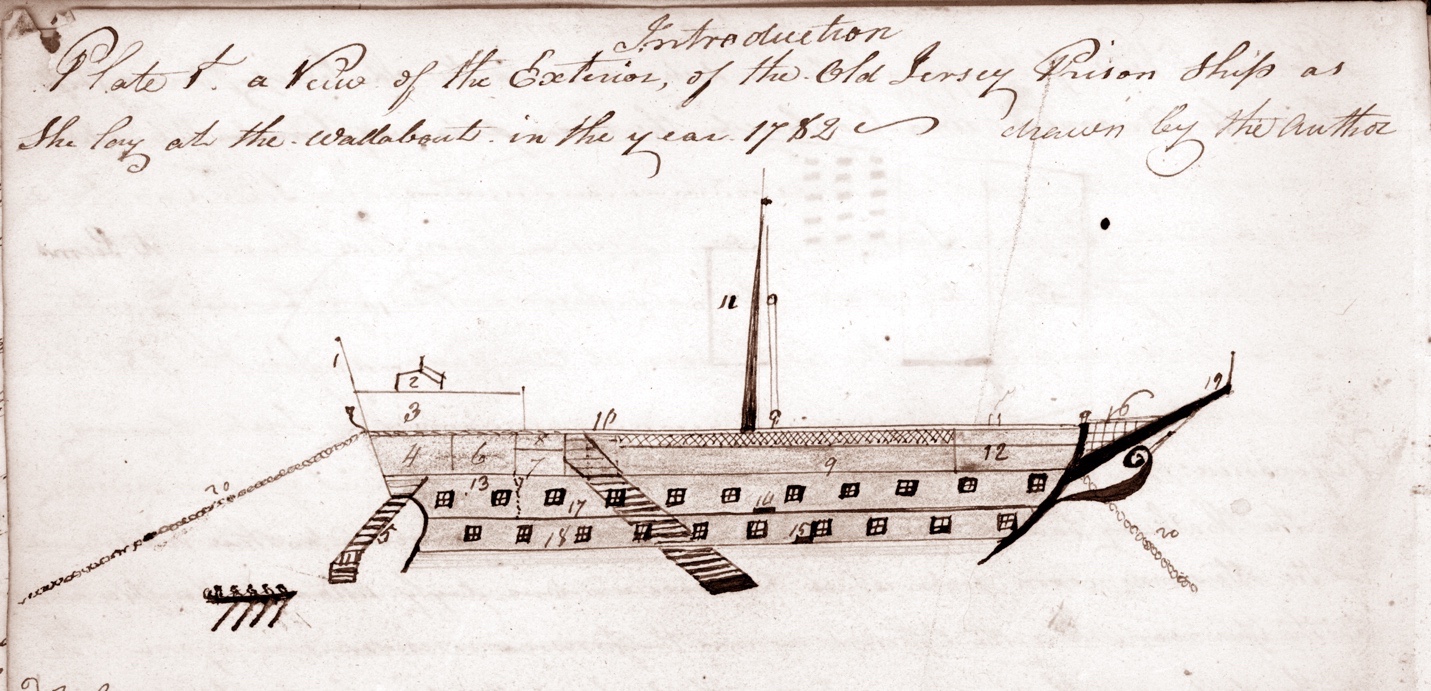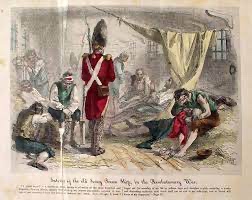Throughout the course of the American Revolutionary War, the British imprisoned a significant number of colonists as prisoners of war. They were held on ships because doing so was more cost-effective than constructing prison of war camps on land.

In Wallabout Bay, one ship that fit this description was the HMS Jersey. This port was in close proximity to New York City. The captives were handled in an extremely cruel manner. They were not provided with an adequate amount of food or water. Many of the soldiers perished as a result of diseases such as yellow fever and smallpox. More Americans lost their lives on British prison ships in New York Harbor than in all of the Revolutionary War’s engagements combined. For the majority of the conflict, there were at least 16 of these floating prisons, all of which were known for their filth, bugs, contagious diseases, and terror. They were all anchored in Wallabout Bay on the East River. The Jersey was the most infamous of the miserable ships, although they were all awful.
The British had hundreds of prisoners on their hands after the Battle of Long Island in August 1776 and the subsequent surrender of New York City, and the jails in New York quickly became overcrowded. The British then converted a number of old ships into prison ships when they started taking hundreds of seamen from privateers.
On the HMS Jersey, more than a thousand soldiers were crammed at once. When their British jailers opened the hatches in the morning, their first words to the soldiers below were, “Rebels, turn out your dead!” They died so frequently.

The Department of Defense reports that during the Revolutionary War, 4,435 people died in action. There may have been more deaths on prison ships than the 7,000–8,000 that one historian estimated. Some sources have that number as high as 12, 000 dyeing on the prison ships. Although such number is improbable for a single ship, it is plausible for all of the prison ships taken together and is frequently used.
Elizabeth Burgin was a loyal and brave citizen. We don’t have a lot of information regarding her life. It is well knowledge that she paid as many visits as she could to the captives held aboard the British prison ships. She provided the men food as well as a joyful spirit. An American officer took note of her frequent trips. He intended to provide assistance to a few of the inmates so that they might flee. He requested Elizabeth’s assistance in carrying out his plan. The British authorities did not permit male visitors on board the ships. Elizabeth gave her consent for the inmates to be informed to prepare. They were able to escape the ship with her assistance. The winter of 1779–1780 was one of the coldest on record. Men were able to escape from the ships by walking on the ice that formed when the water in the harbor froze over. During the winter of that year, Elizabeth Burgin was responsible for freeing more than two hundred convicts.
The anger felt by the British was palpable. They were willing to pay a reward of two hundred pounds for information leading to her capture. This sum was greater than what the majority of British troops were paid throughout their whole career of twenty years. Elizabeth was concerned that she might be executed by hanging. As a result of being forced to escape her home, she had to leave the majority of her valuables behind. Elizabeth’s bravery was praised in a letter that General George Washington sent to the Continental Congress. In recognition of her service and sacrifice, the Continental Congress awarded her a pension in the year 1781.

